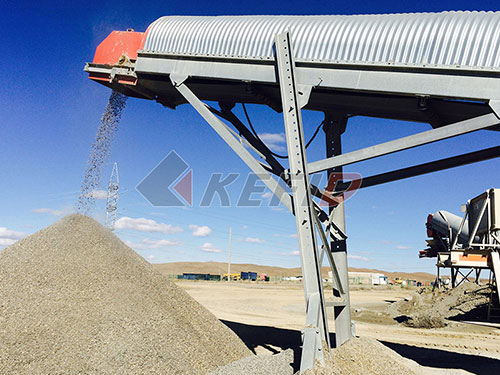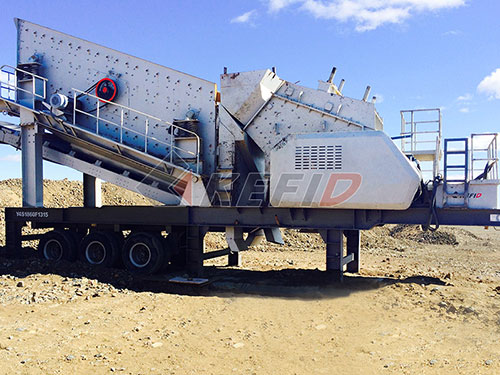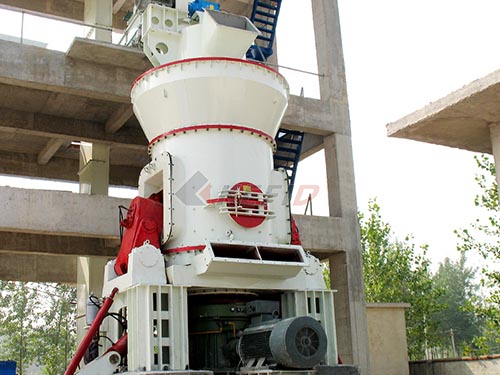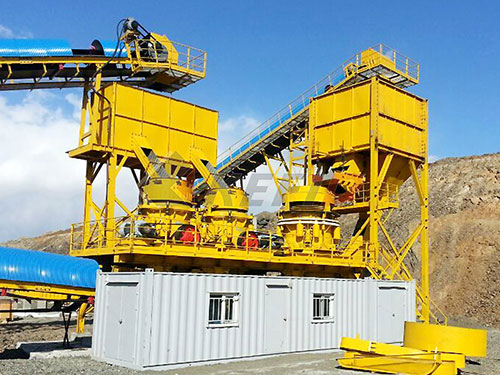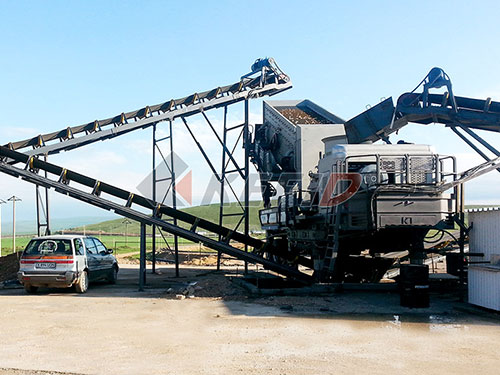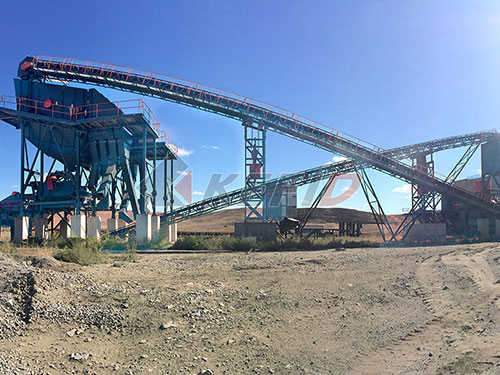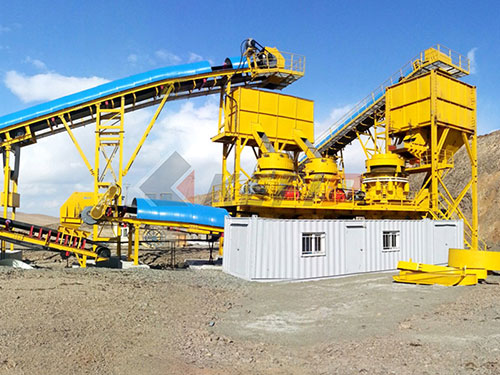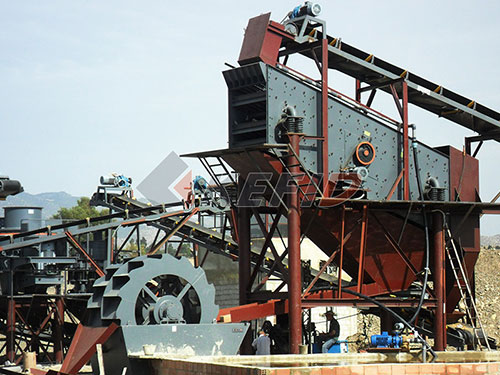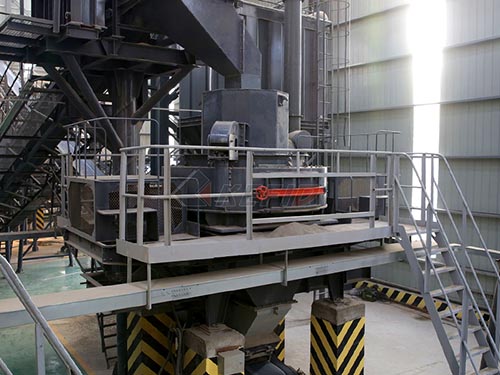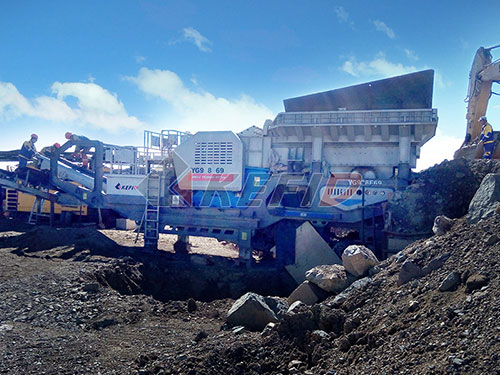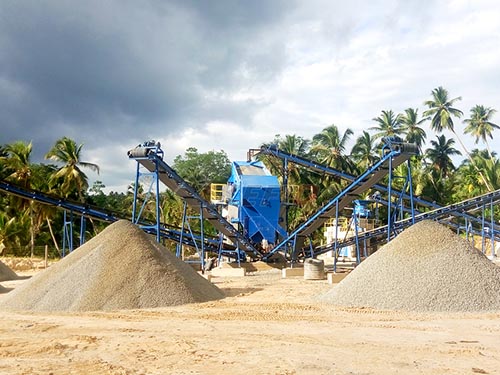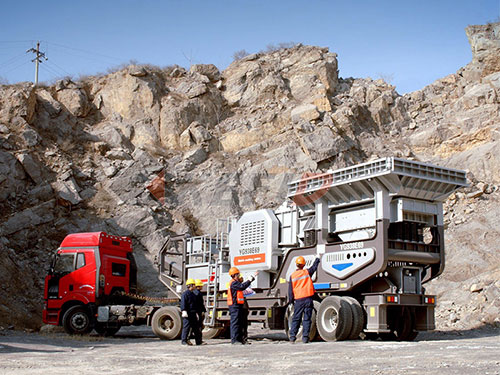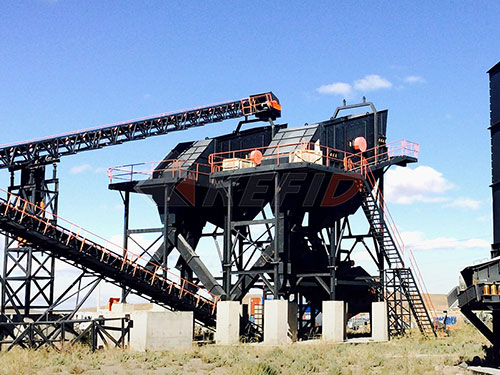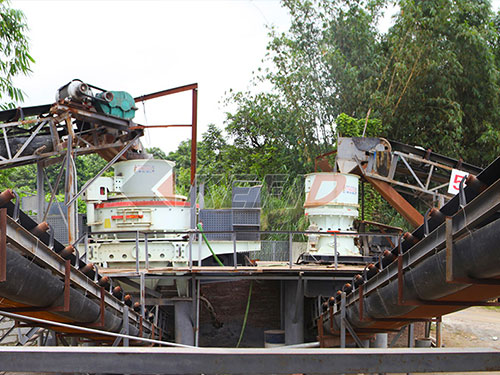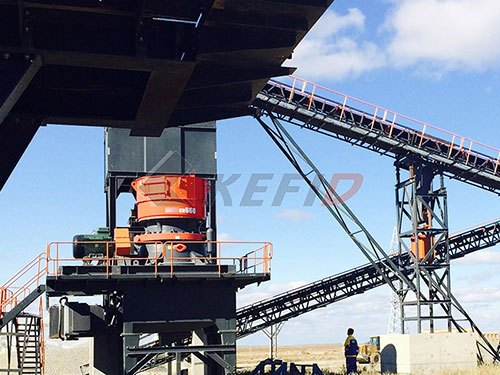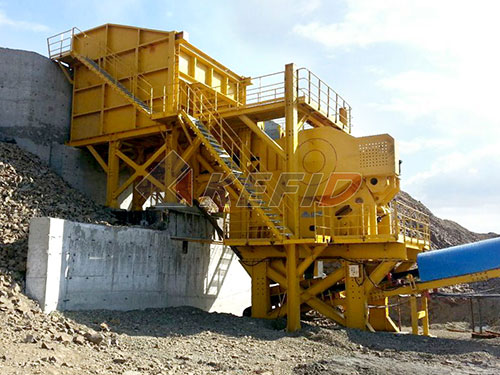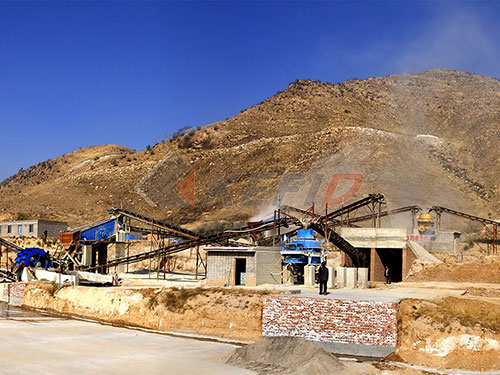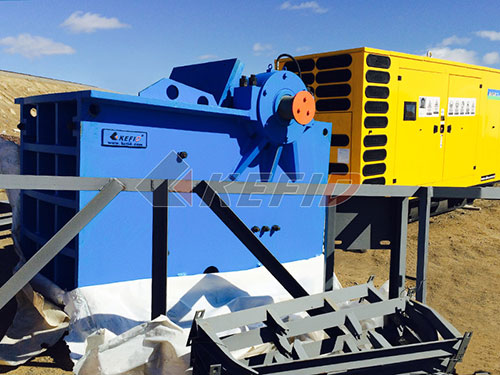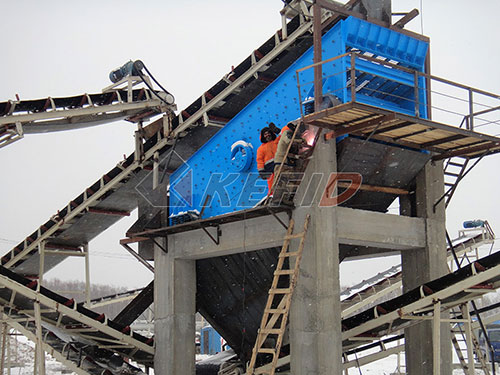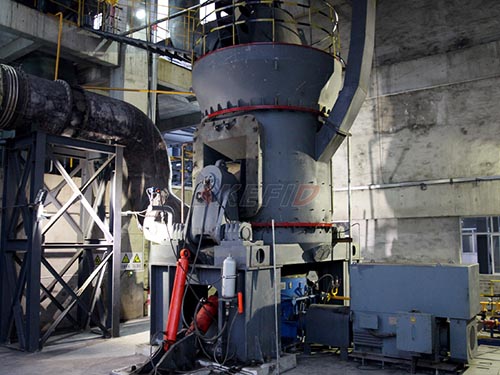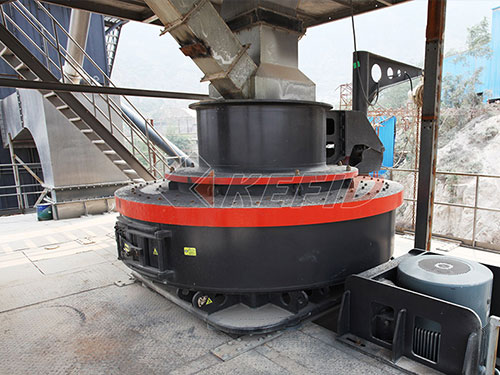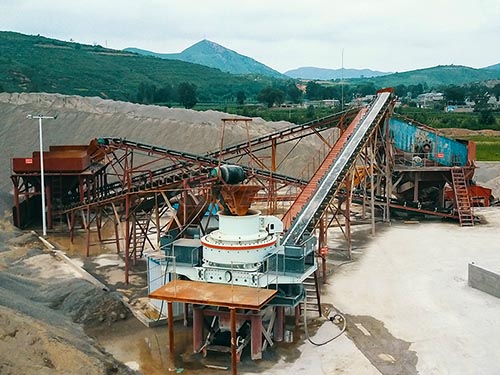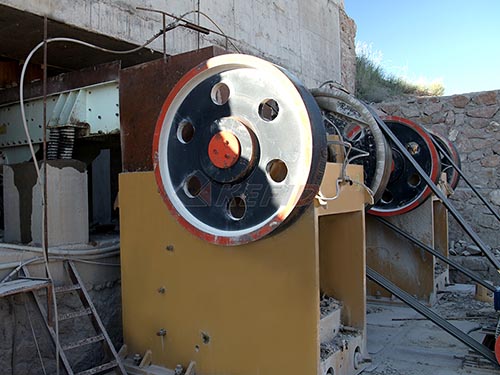Navigating the Extec C-13 Impact Crusher Market in Thailand: Understanding Pricing Factors
Thailand’s robust construction and quarrying sectors consistently drive demand for reliable, high-performance crushing equipment. Among the machines sought after for secondary and tertiary crushing applications is the well-regarded Extec C-13 Impact Crusher. If you’re exploring the market for this specific model within Thailand, understanding the factors influencing its price is crucial.
The Core Reality: Primarily a Used Equipment Market
It’s vital to acknowledge upfront that finding a brand new Extec C-13 in Thailand (or globally) is highly improbable. Production of the Extec C-series ceased years ago following Sandvik’s acquisition of Extec and subsequent brand rationalization under Sandvik Mobile Crushers and Screens. Therefore, your search will inevitably focus on the used equipment market.
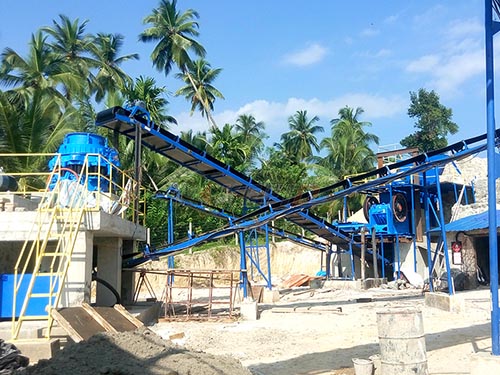
Factors Dictating Extec C-13 Prices in Thailand:
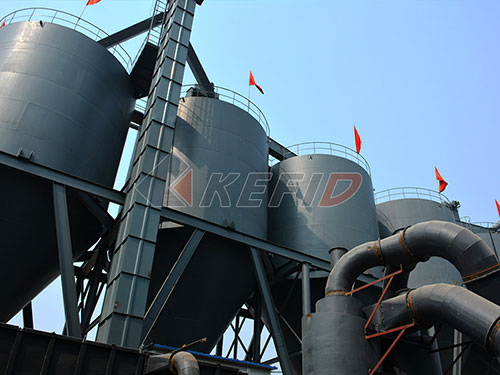
1. Machine Condition & Hours: This is paramount.
Well-Maintained, Low Hours: A meticulously serviced unit with relatively low operating hours commands a premium price. Expect figures potentially ranging from $90,000 USD upwards, depending heavily on other factors.
Average Condition & Hours: Units showing standard wear for their age and usage, requiring some minor servicing or parts replacement (like hammers, liners), will sit in a mid-range bracket. Prices might typically fall between $60,000 – $90,000 USD.
Poor Condition / High Hours / Project Machines: Crushers needing significant refurbishment (major wear parts, potential engine/rotor work) or those with very high operating hours will be priced lower, often starting around $40,000 USD or less. Significant investment beyond the purchase price will be necessary.
2. Technical Specifications & Configuration:
Engine Type: The original Deutz engine is common; replacements or different specs can affect value.
Magnet? The presence of an over-band magnet significantly increases desirability and value for recycling applications.
Side Conveyor? Essential for stockpiling crushed material efficiently.
Undercarriage Condition: Wear on tracks/sprockets/rollers impacts immediate usability and cost.
3. Seller Type & Location:
Established Dealers (Local/Int’l): Offer varying degrees of warranty (even if short-term), inspection
